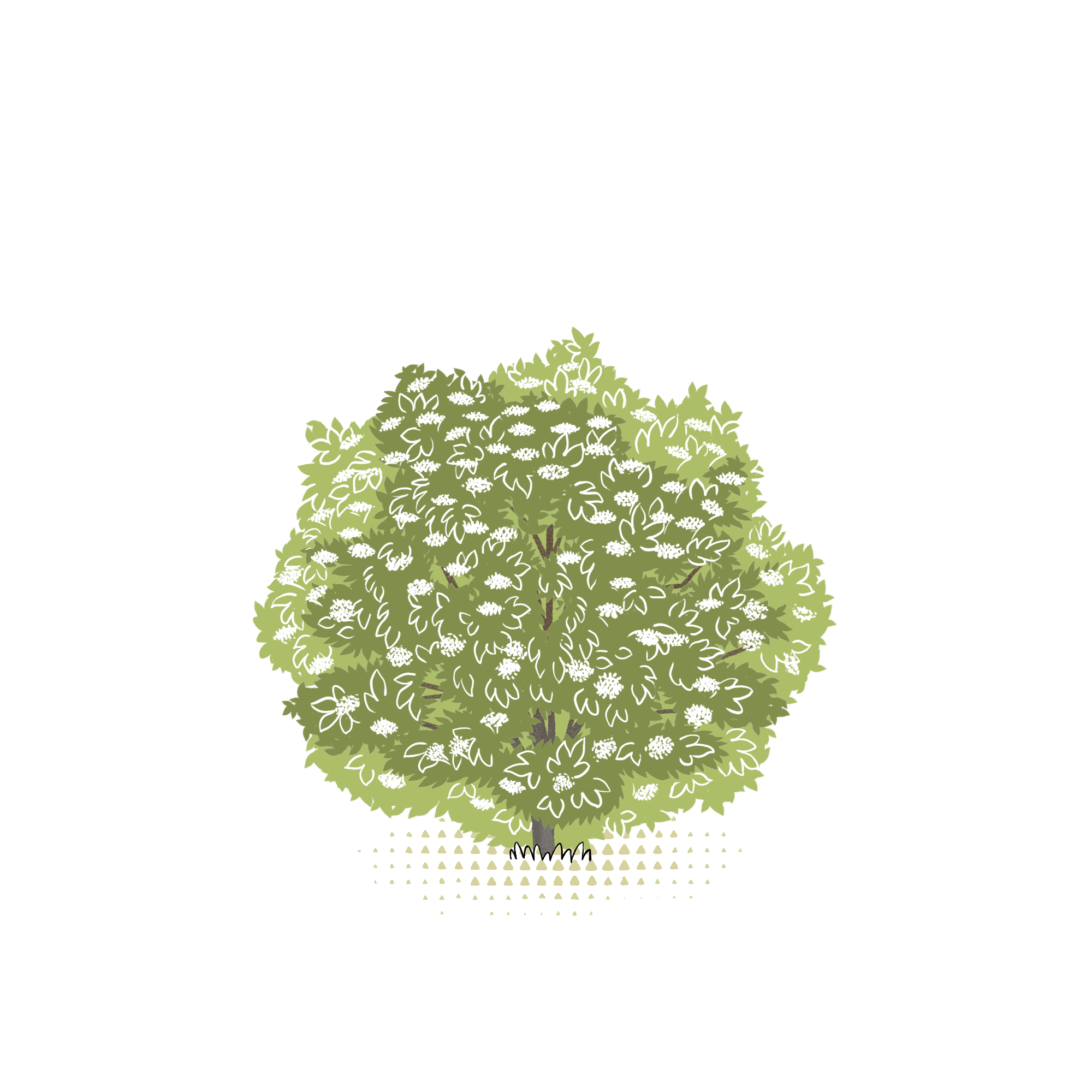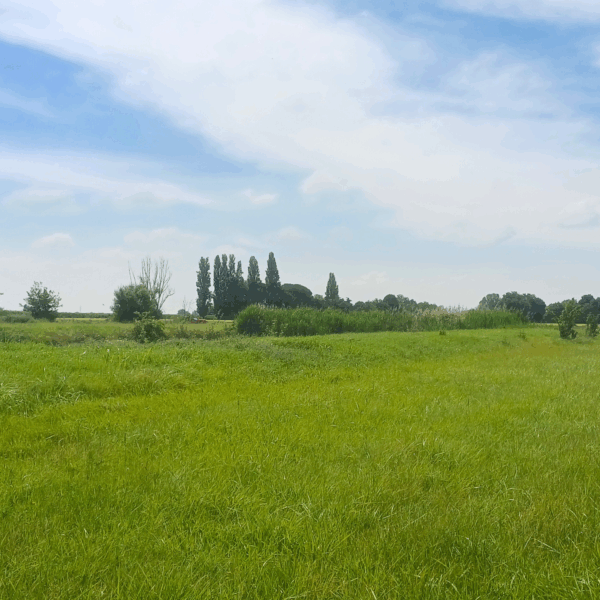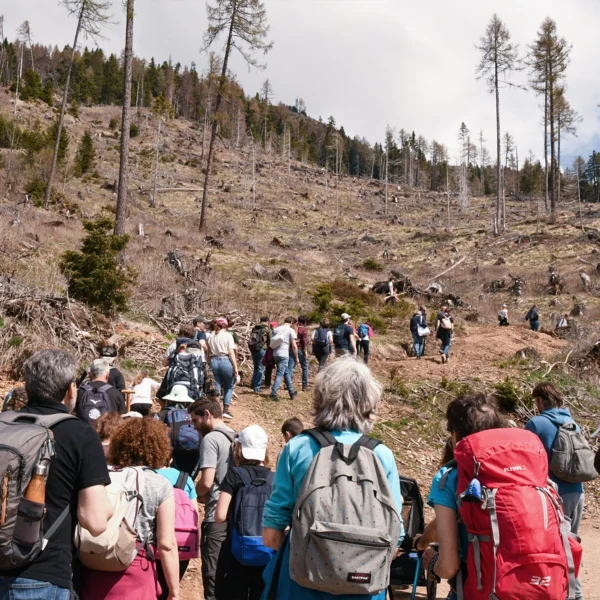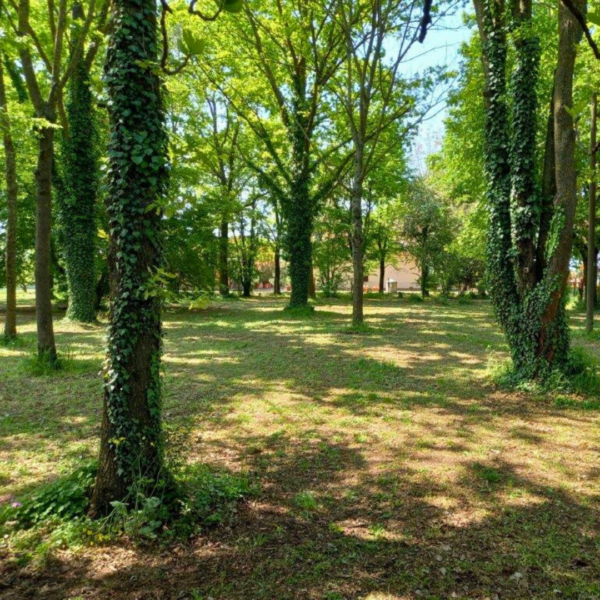
Adopt or gift an Elderberry
Lovers of good things
Trendiest people
Black elderberry is a wild plant widespread in Europe. The name comes from the Greek word "sambyke", meaning "flute made from the bark of the plant". The Magic Flute of Nordic tradition was in fact made from this wood. Elderberry was given magical powers: it was planted around monasteries, rural homes and fortresses because it was believed to protect against spells. Useful for those who like to feel protected!
Features
Scientific name: Sambucus nigra
Common name: Black elderberry
It grows throughout most of Europe, with the exception of the far north. It is an arboreal or shrubby plant belonging to the botanical family Caprifoliaceae. It prefers wild glades, moist forest edges, slopes and vineyard margins. The trunk is twisted gnarled, brownish-gray in color. When sectioned, it reveals a distinctive feature: a white pith, soft and elastic in texture. Because of this, it is easy to hollow out the trunk and use the wood to make small handicrafts or musical instruments. The flowers are the part that makes the elderberry recognizable. Very small, creamy white and star-shaped, they are grouped in large umbrella-shaped inflorescences.
Fun facts
In the Middle Ages, Germanic folklore claimed that Elderberries growing by lakes and streams were inhabited by a fairy, and that elves hid in the foliage. The plant was also an object of divination. One example, evidently related to agrarian worship: if its inflorescences were small and poor in flowers, a drought year was expected. On the other hand, if the inflorescences were large and big, a great harvest was coming.
Properties and Uses
Rich in vitamins, the elderberry can be taken as a true natural supplement. It is considered a good anti-flu, due to its ability to increase sweating, which lower body temperature in cases of fever. Our favorite use is for elderberry syrup, the main ingredient for spritz hugo; a cool variation to the usual aperitif.
Why adopt or gift an Elderberry: what makes it unique
of CO2 captured over a year
reachable height
maximum life expectancy
Forests where you can grow your own Elderberry, adopting it or giving it as a gift.

Fiber forest
 Italia
Italia
Bosco della Panarotta
 Italia
Italia
Bosco delle origini
 Italia
Italia
Join our community
Do you like trivia about trees and forests, and want to know how you can help create a greener future and help nature?
Sign up for our newsletter!
A couple of times a month you will receive news, scientific insights without catastrophizing, offers to adopt our trees, and news from our projects. With WOWnature, helping the planet becomes a positive experience. Every tree is a step toward a better future.


